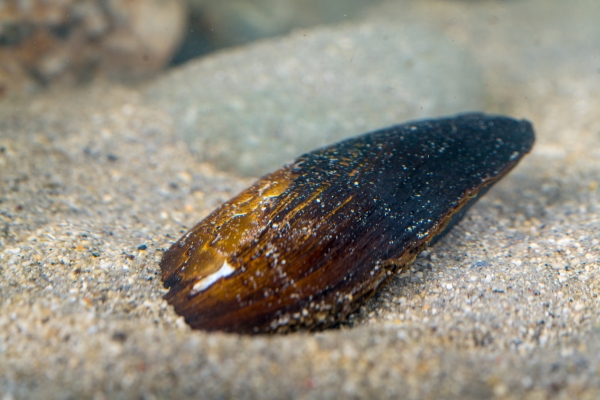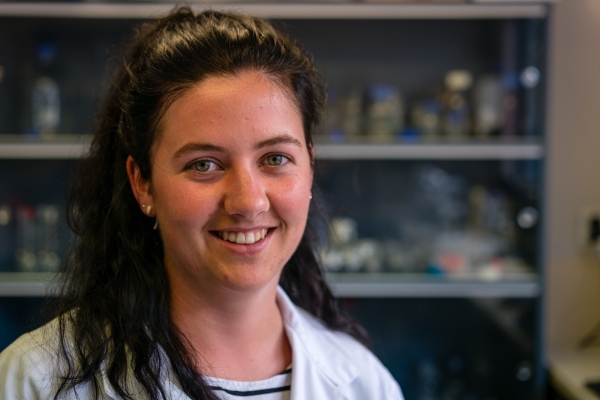Taonga species such as tuna (freshwater eels), kōura (freshwater crayfish) and kākahi (freshwater mussels) are central to the identity and wellbeing of many Māori.
For generations these species have sustained communities and helped transfer customary practices and knowledge from one generation to the next.
However, many communities are reporting that both the abundance and size of these freshwater taonga are declining.
Te Kūwaha, NIWA’ s national centre for Māori environmental research, has been working with whanau, hapū and iwi for more than a decade to co-develop methods for the protection, restoration and economic development of these species.
This work continues through the MBIE-funded Cultural Keystone Species programme.
Hitchhiking biofilters
Kākahi (freshwater mussels) are valued not only as an important mahinga kai species, but also for their role in maintaining water quality as biofilters in our lakes and streams.
It is estimated that one kākahi can filter about a litre of freshwater an hour. If present in large enough numbers, kākahi can filter the entire volume of a small lake within days.
But numbers are in decline. Researchers need to better understand their lifecycle to protect them – particularly during their distinctive parasitic stage, when kākahi are most vulnerable.
Kākahi reproduce by releasing clouds of larvae into the water. The larvae attach themselves to passing fish, transform into a juvenile and hitchhike upstream with their hosts to a new habitat, where they fall off, settle and grow.
As part of the Cultural Keystone Species programme, postgraduate student Nicole Hanrahan is investigating this host-parasite relationship between kākahi and native fish in Waikato streams.
She is also working in the laboratory to find out whether host fish develop an immunity to repeated kākahi infestation.
Hanrahan has found kākahi attached to nine different freshwater fish species, including some fish that they have never been found on before.
She has also artificially infested common bully with kākahi to see if the fish develop an immunity to the parasitic stage of the mussel. Preliminary results suggest they do not.
Hanrahan’s work is significantly building knowledge about kākahi lifecycle and habitat preferences and will help tailor more effective restoration techniques for this treasured species.


